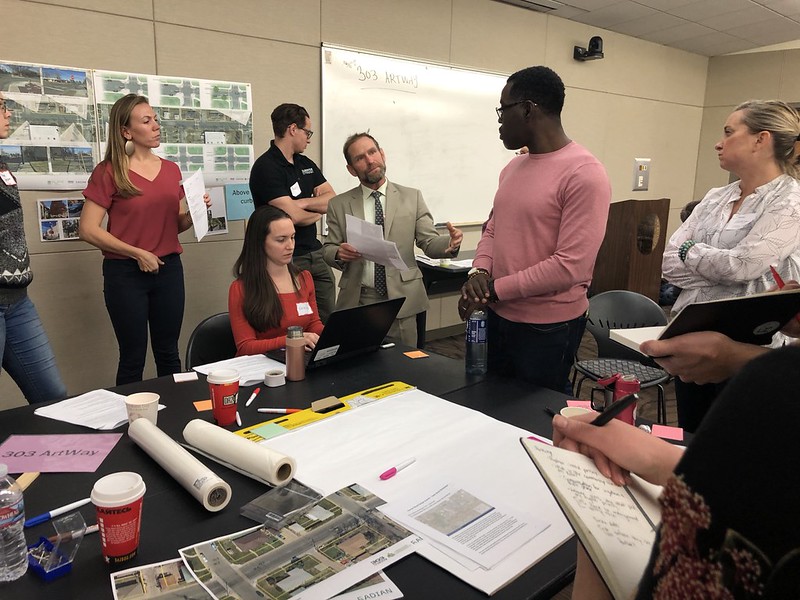As a leading Vision Zero City, Denver has committed to eliminating traffic fatalities and serious injuries by 2030. Blueprint Denver establishes people walking and wheelchair rolling as the top priority on every street, followed closely by people using transit, bikes, and other “micromobility” devices. The Denver Moves suite of plans lays out the vision for complete walk, bike, and transit networks that will allow Denver to achieve at least 50% non-SOV commuting mode share by 2030. A key factor holding our City back in achieving these goals is outdated street design standards that prioritize the movement of cars over the health and well-being of people. Denver is therefore in developing new “Complete Streets” Guidelines that will inform a comprehensive update to the City’s street design standards.
The Denver Street Design Summit, co-hosted by the Denver Streets Partnership and Denver Department of Transportation and Infrastructure in January of 2020, brought together a diverse set of stakeholders to discuss community priorities for the use of street space, and to identify how new guidelines/standards can best support these priorities while mitigating conflict between competing demands on our street space.
Goals of the Summit included the following:
- Reaffirm overarching values and principles
- Focus in on key topic areas that present particular challenges for street design
- Review best practices from other cities
- Use case studies from Denver to “test drive” the draft complete street design guidelines, explore challenges, and discuss creative strategies for addressing these challenges
The Summit included topic area experts and key stakeholders with a variety of perspectives on street design issues.

